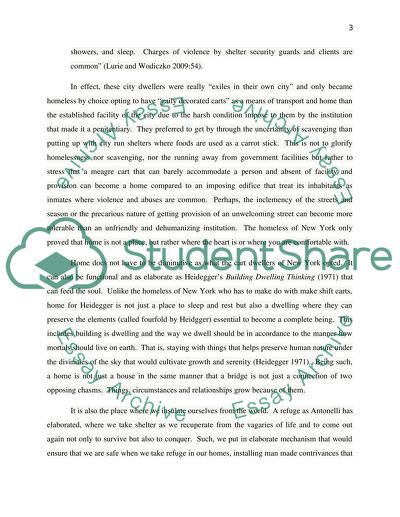Cite this document
(“The Concept of Home and Its Evolution or Expression in Design Essay”, n.d.)
Retrieved from https://studentshare.org/visual-arts-film-studies/1445751-contemporary-discourse-in-design-research-essay
Retrieved from https://studentshare.org/visual-arts-film-studies/1445751-contemporary-discourse-in-design-research-essay
(The Concept of Home and Its Evolution or Expression in Design Essay)
https://studentshare.org/visual-arts-film-studies/1445751-contemporary-discourse-in-design-research-essay.
https://studentshare.org/visual-arts-film-studies/1445751-contemporary-discourse-in-design-research-essay.
“The Concept of Home and Its Evolution or Expression in Design Essay”, n.d. https://studentshare.org/visual-arts-film-studies/1445751-contemporary-discourse-in-design-research-essay.


